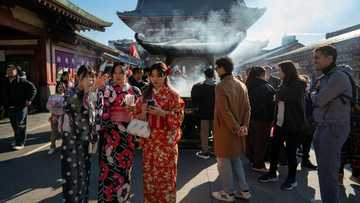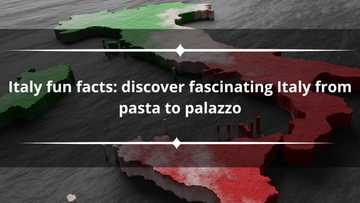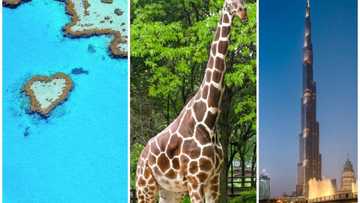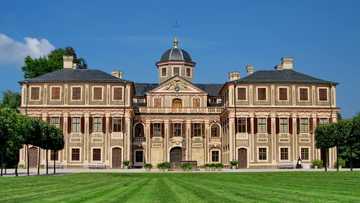Sheikh Zayed Mosque: top 10 facts about it
The Sheikh Zayed Mosque is an architectural marvel located in Abu Dhabi, the capital of the United Arab Emirates (UAE). The mosque was the brainchild of the late UAE president who envisioned a structure that would unite the diverse Islamic culture through art and architecture. The mosque is one of the largest in the Arab Emirates and carries design elements from various eras and cultures.
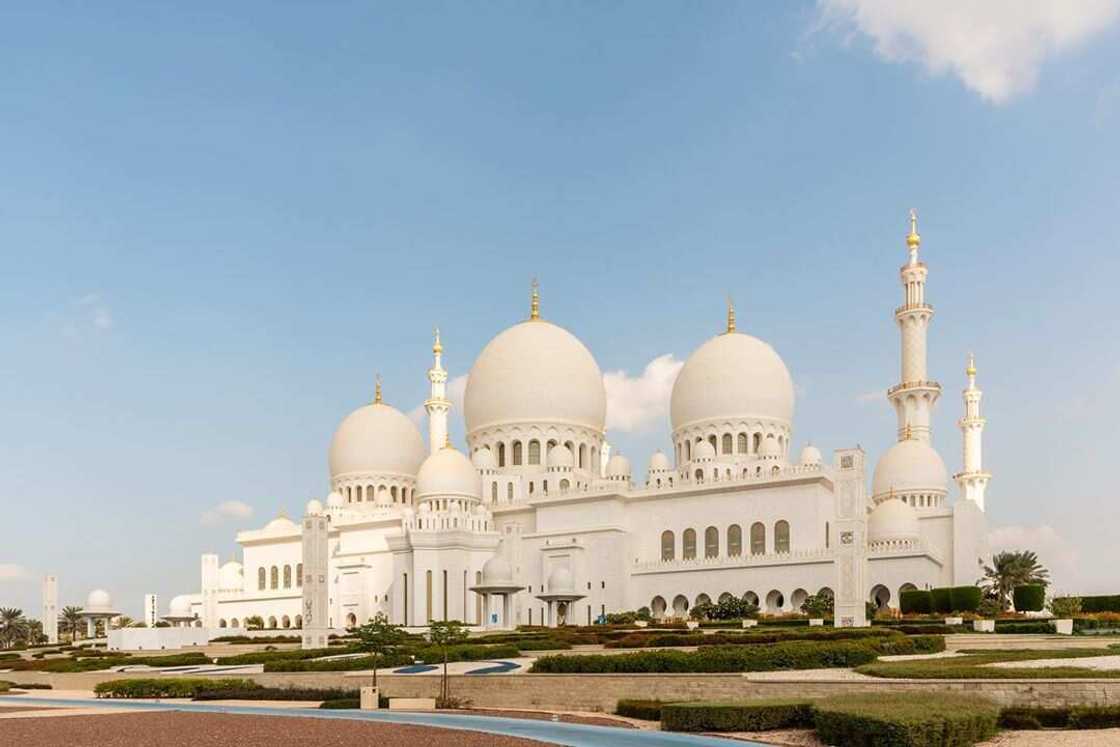
Source: UGC
Construction of the Sheikh Zayed Mosque took eleven years from 1996 to 2007 when it was opened to the public. The project cost $545 million and made various architectural records within that time. The mosque has world-famous chandeliers, carpets and minarets.
Top 10 facts about Sheikh Zayed Mosque
How much do you know about this grand worship centre in Abu Dhabi? The facts below will blow your mind, for sure!
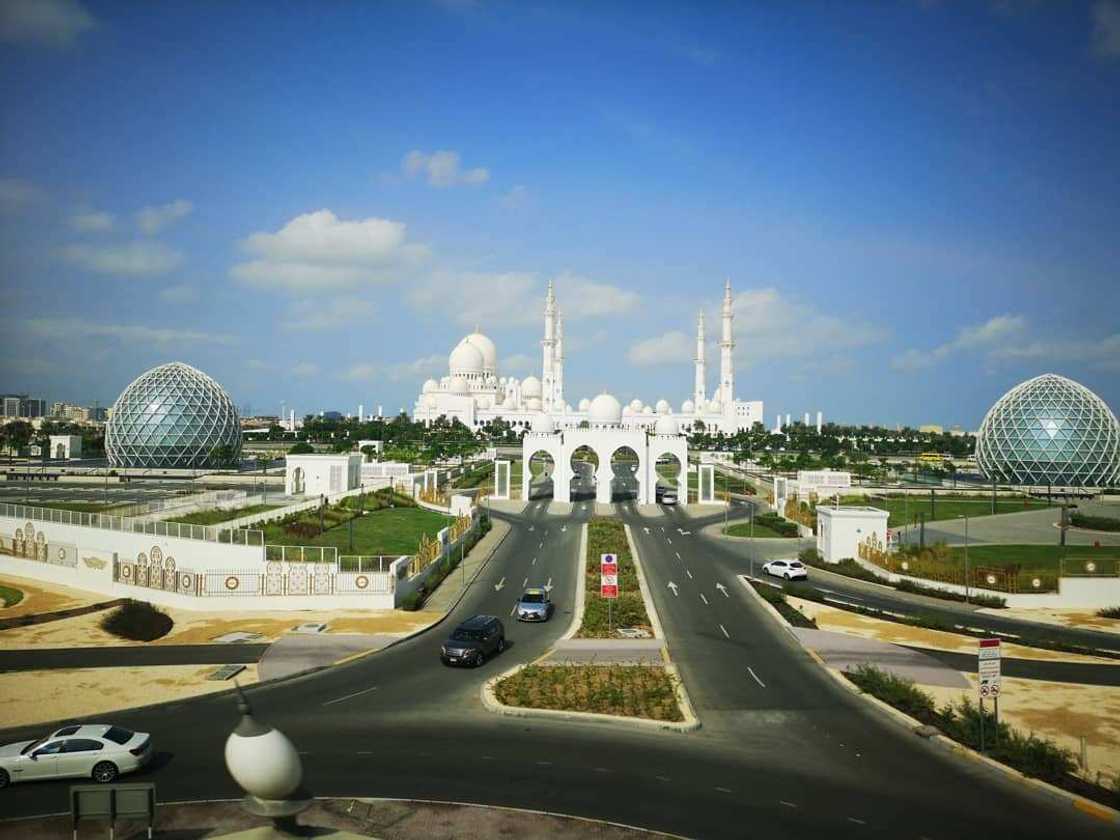
Source: UGC
1. It is among the largest mosques in the UAE
The Sheikh Zayed Grand Mosque was constructed for eleven years (1996-2007). The complex measures 420 metres by 290 metres and occupies more than twelve hectares excluding parking and exterior landscaping. The mosque is one of the largest in the United Arab Emirates.
In 2019, the Abu Dhabi Mosque captivated the hearts of numerous visitors who voted it the third greatest landmark in the world. The top ten list was released as part of the Travelers Choice Awards by the popular site TripAdvisor. The survey included more than seven hundred landmarks from sixty-eight countries around the world.
2. It can accommodate more than 40,000 worshippers
The massive courtyard in the mosque is anchored by four spires that rise more than a hundred metres into the sky, creating an architectural wonder. The mosque can accommodate more than forty thousand worshippers at a go. The main prayer hall in the Sheikh Zayed Mosque Abu Dabi has a capacity of more than seven thousand people. Two separate prayer halls each have a capacity of 1,500 people with one being the female prayer hall.
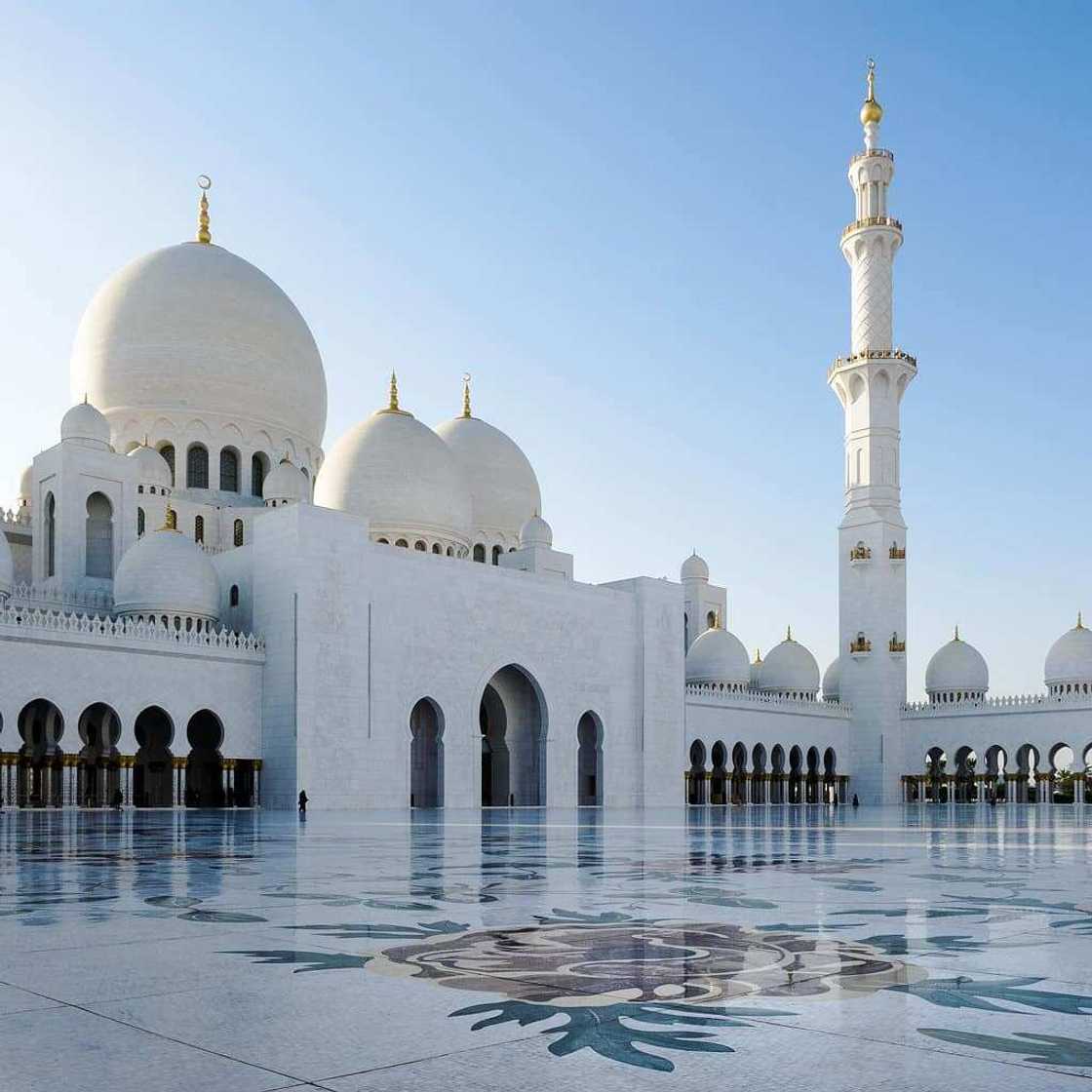
Source: UGC
The patio measures seventeen thousand square meters and is widely regarded as the most massive marble mosaic construction in the world.
3. Materials from different countries
The mosque was constructed mainly from natural materials such as marble, crystals and a wide range of precious stones. The outer columns of the mosque are made out of twenty thousand marble panels veneered with precious stones such as amethyst, red agate, lapis lazuli and mother of pearl. The different materials form harmonious floral patterns as they wind along the tall marble columns.
The pillars inside the main prayer hall are veneered with mother of pearl for a stunningly beautiful effect. More than thirty types of marble were used in the mosque’s construction. Some of these included Italian Bianca, Indian Makrana, Greek Sivec, Chinese Ming Green and Italian Lasa. Other materials were also sourced from Germany, Turkey, Pakistan, Morocco and New Zealand, among other countries.
4. A blend of designs from different eras
The mosque is a blend of various architectural styles borrowed from different ages and countries. The spires in the mosque, for example, have various distinct geometric shapes. Andalusian, Moroccan and Mameluke architecture inspired the spires’ square base. The second octagon section borrows heavily from thirteenth to sixteenth century Mameluke designs.
The third section is cylindrical, a design element associated with the Ottoman era from the fourteenth to twentieth centuries. The crowns are covered with glass and borrow heavily from tenth-century Fatimid era construction. Besides the spires, the rest of the mosque also has design elements from various cultures and eras.
5. The largest hand-knotted carpet
The Grand Mosque Abu Dhabi has the largest hand-knotted rug in the world. The carpet is 5,627 square meters in size and was hand made by more than a thousand people. The carpet’s striking design was the work of Iranian artist Ali Khaliqi. The carpet features more than two billion knots made from thirty-five tons of cotton and wool.

Source: UGC
It took Iran’s carpet company eight months to complete the design, one year to knot it and two months to bring it together. The carpet was unveiled in 2007 just before the grand opening of the Sheikh Zayed Mosque. The finished product weighed twelve tons.
6. Fascinating crystal Chandeliers
There are seven crystal chandeliers in the Abu Dhabi Grand Mosque made by German firm Faustig. The largest one weighs twelve tons and is the third-largest chandelier in the world to date. The primary design materials include steel, gold and brass. Besides the imposing sizes, the chandeliers have Swarovski crystals for added flair.
7. The Sheikh Zayed Mosque has eighty-two domes
The Zayed Mosque has a total of eighty-two domes. Like the rest of the structure, the domes are made out of marble with glass crowns on top. Below the domes are numerous windows which allow the flow of natural light into the mosque’s prayer halls. The largest dome is above the main prayer hall.
READ ALSO: Eid-al-Fitr: Ethiopian Christians, Muslims clean stadium to show solidarity
8. Lunar lighting system
The mosque’s unique lunar lighting system is perhaps its most significant feature. The system was made to resemble the phases of the moon. Twenty-two light spires project light outside the mosque. The light changes from white to deep blue depending on the moon’s phase. Since the Islamic calendar is primarily based on lunar movements, the idea became a unifying design element.
The general lighting theme follows the moon’s twenty-eight-day cycle. At full moon, the lighting system shines bright white light on the building’s exterior. On the fourteenth day of the cycle, the lighting is a deep blue. While the exterior lighting is a marvel, it is on the inside where the designers outdid themselves. The idea was to provide harmony and coherence, taking into consideration the wide range of materials used.
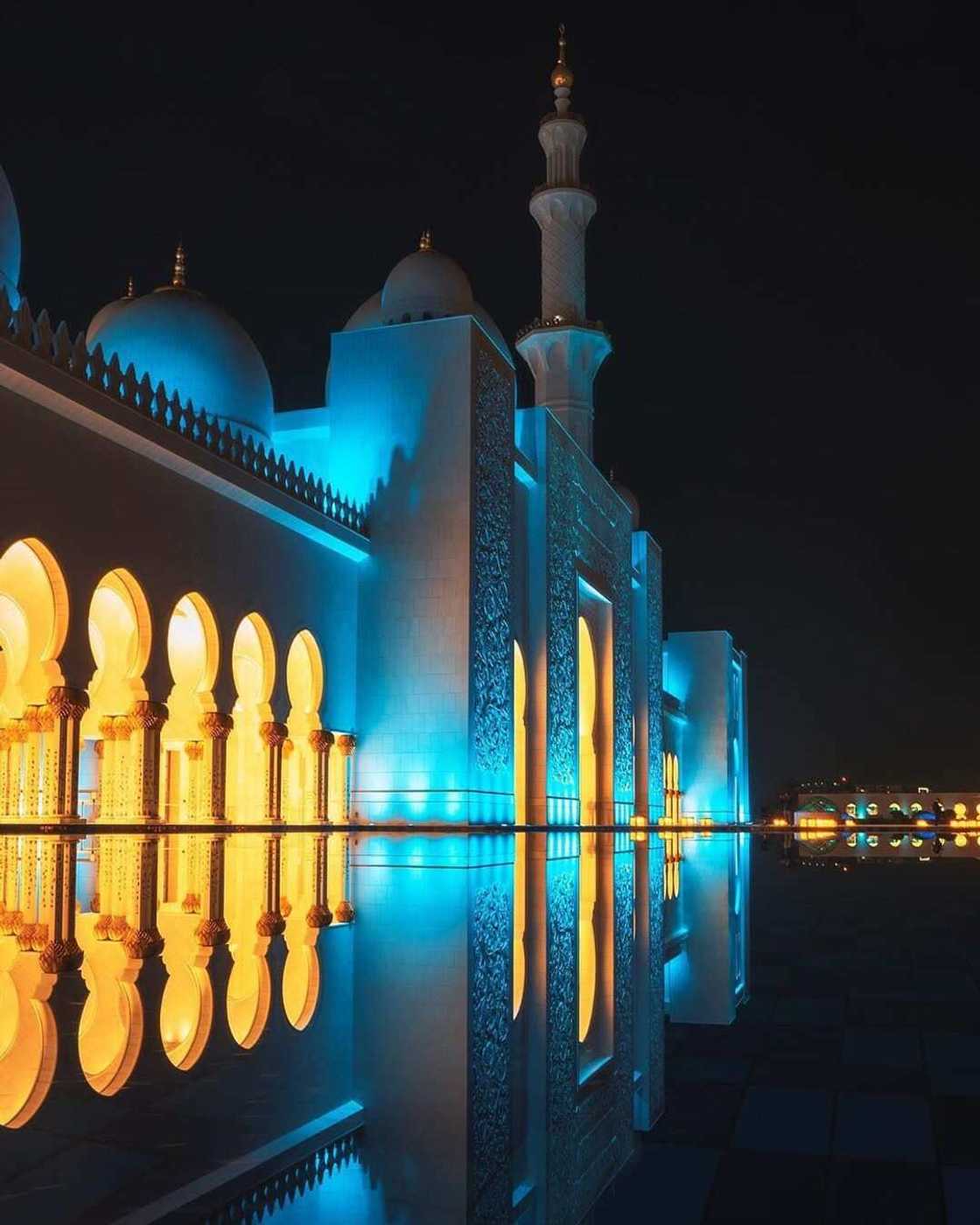
Source: UGC
The mosque’s interior is well-lit in a manner that highlights the mosque's unique architectural features. Lights were installed in ledges, coves and behind carved wood to achieve functional light without exposing the sources of light. The result was an interior that seems to glow. Fibre-optic lighting was used to illuminate the space where the ninety-nine names of Allah are inscribed.
9. Mughal and Persian mosque architecture
The Zayed mosque borrows heavily from the Abu al-Abbas al-Mursi Mosque located in Egypt, the Hasan II Mosque in Morocco and the Badshahi Mosque in Pakistan. The floor plan, as well as the dome design, have numerous elements of Persian architecture while the archways are characteristically Moorish. The mosque’s spires are Arab-inspired. The entire design of the grand mosque can be described as the perfect blend of Moorish, Persian, Arab and Mughal architecture.
READ ALSO: Eid-al-Fitr 2019: 4 fashion looks we absolutely love
10. An arcade with more than a thousand columns
The arcade surrounding the mosque has 1096 pillars that were hand-carved using the Pietra Dura technique. The main design elements for the columns are white marble, amethyst, nacre, lapis lazuli and abalone shells. The main prayer hall has ninety-six columns.
Sheikh Zayed Mosque timings
The mosque is free to visit, and visitors do not require to have entry tickets. Visiting times are from 9 a.m. to 10 p.m. from Saturday through Thursday. The mosque is usually closed to visitors on Friday mornings but remains open to worshippers. During the period of Ramadan, the visiting hours are from nine in the morning to two in the afternoon with the mosque remaining closed to visitors on Fridays.
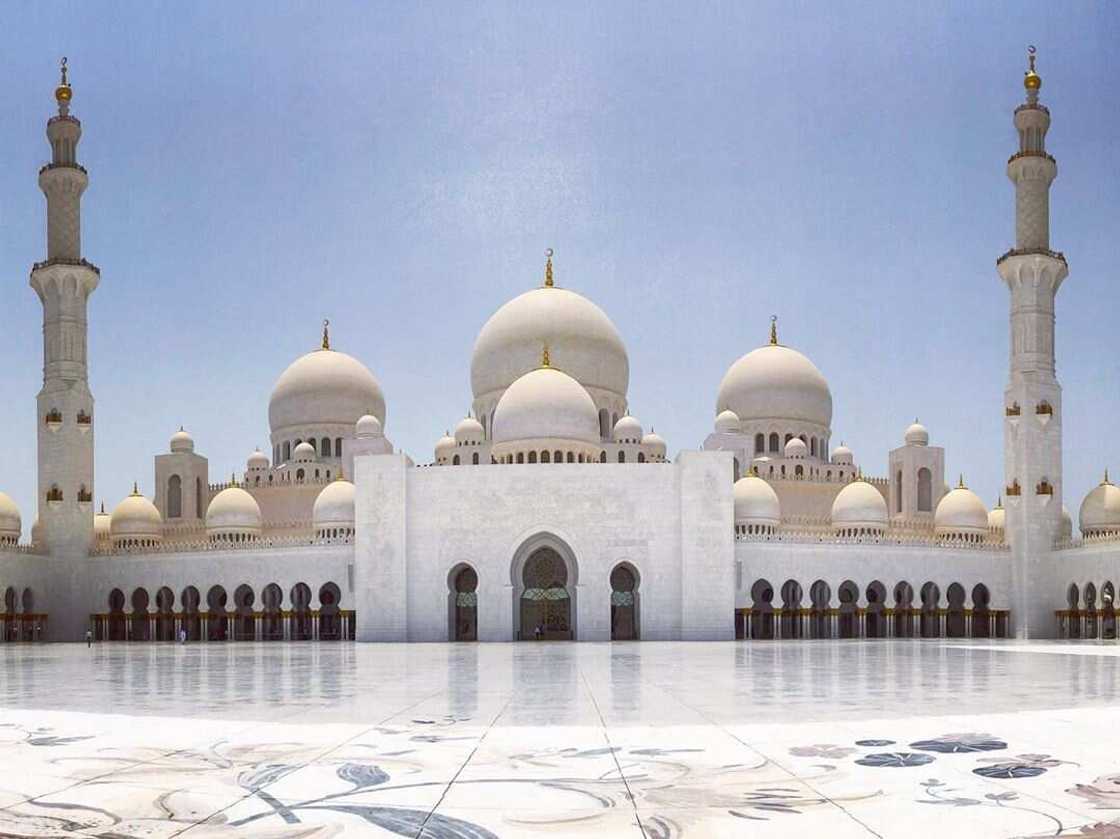
Source: UGC
The Sheikh Zayed mosque is undeniably an architectural marvel. The many unique features in and around the mosque attract numerous visitors who are fascinated by the building's charm. The diverse Islamic cultures are united in harmony with the various design elements used in the construction of the mosque. It is undoubtedly one of those places which every architecture and travel fan should visit.
READ ALSO: Mosque built 1,200 years ago found in Israel birthplace of Jesus (photos)
Source: Legit.ng


